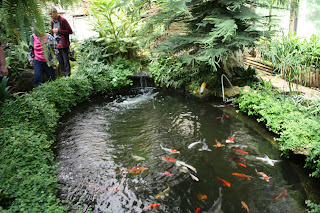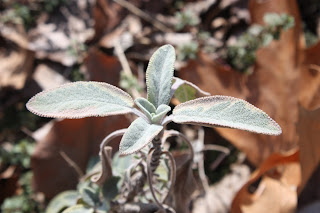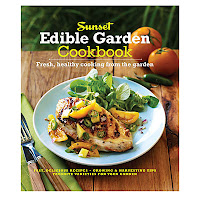Agastache rupestris Apache Sunset and Sunset Hyssop

I saw Agastache Apache Sunset in bloom at a Colorado Springs Xeriscape demonstration garden. And, while it is a little more dusty-colored than the one in this promotional photo, it is eye-stoppingly beautiful when it blooms. Native to the US. Attracts bees and butterflies, deters deer because the entire plant smells like licorice. Silver leaves; no need to describe the fall-blooming flowers! Like all mints, the stems are square. Cold hardy as a perennial in zones 5 to 9 and drought tolerant even in full sun and mountain climates. Seeds available from Swallowtail Gardens Germination takes 2 or 3 weeks so start the seeds now, transplant them in another month, flowers will come late summer and until first hard frost. Space seedlings 18-inches apart. If your winter temperatures go lower than 20 below zero, be sure to mulch the plants' roots after the first freeze. Makes great cut flowers for inside the house, too.














